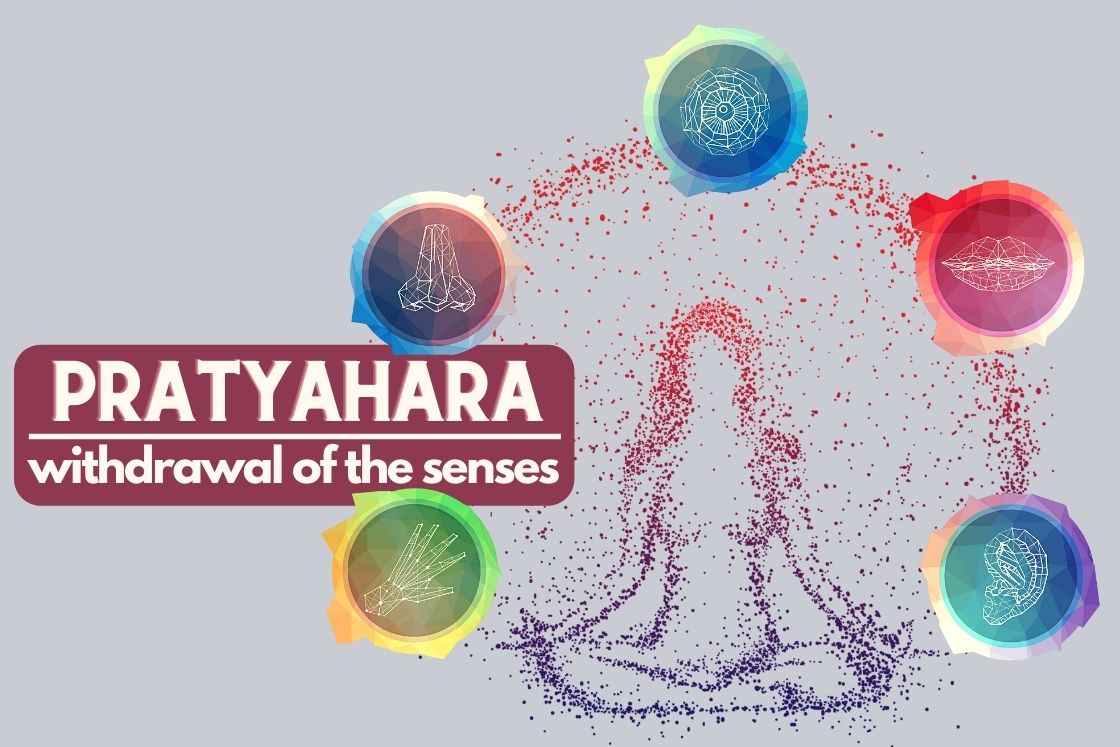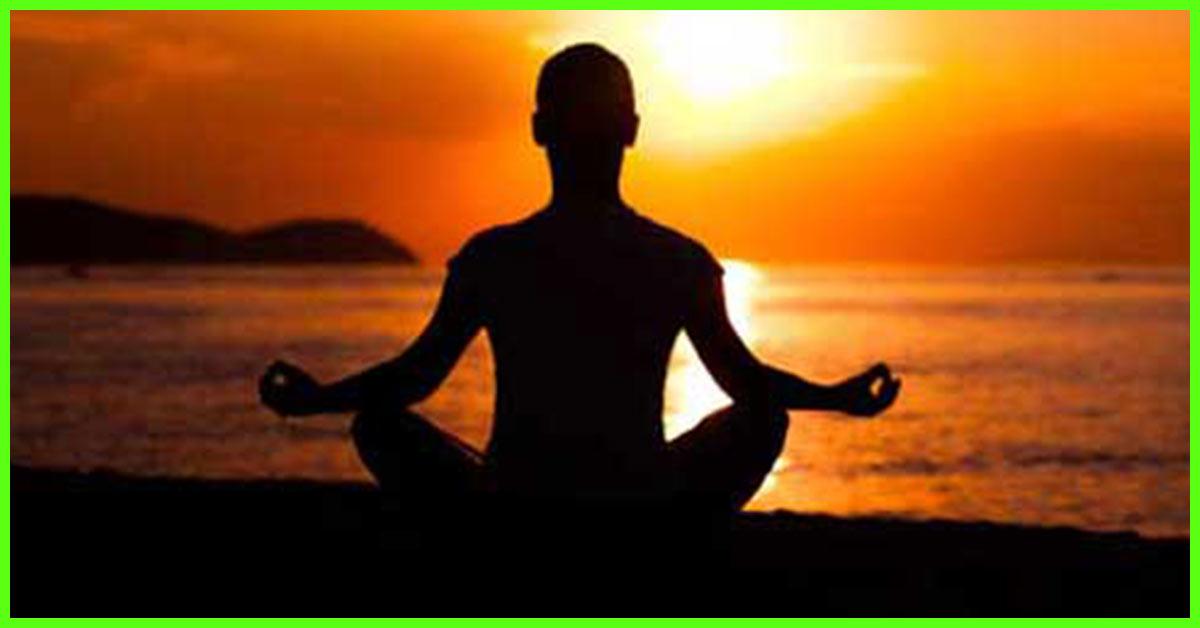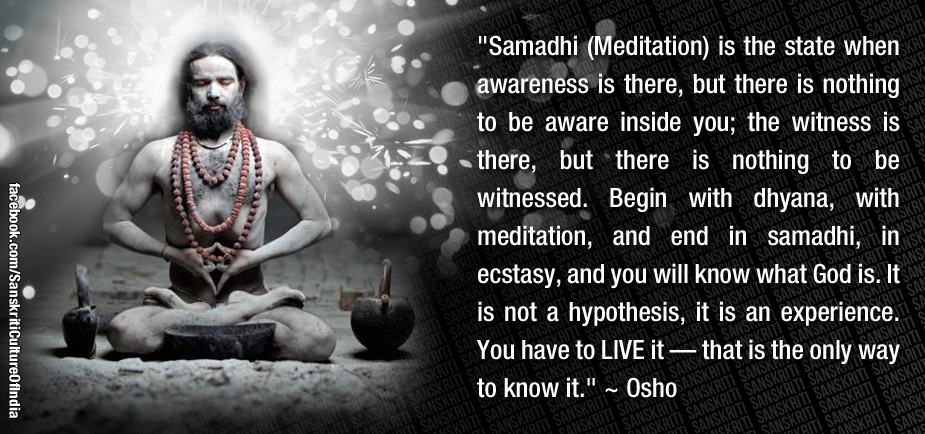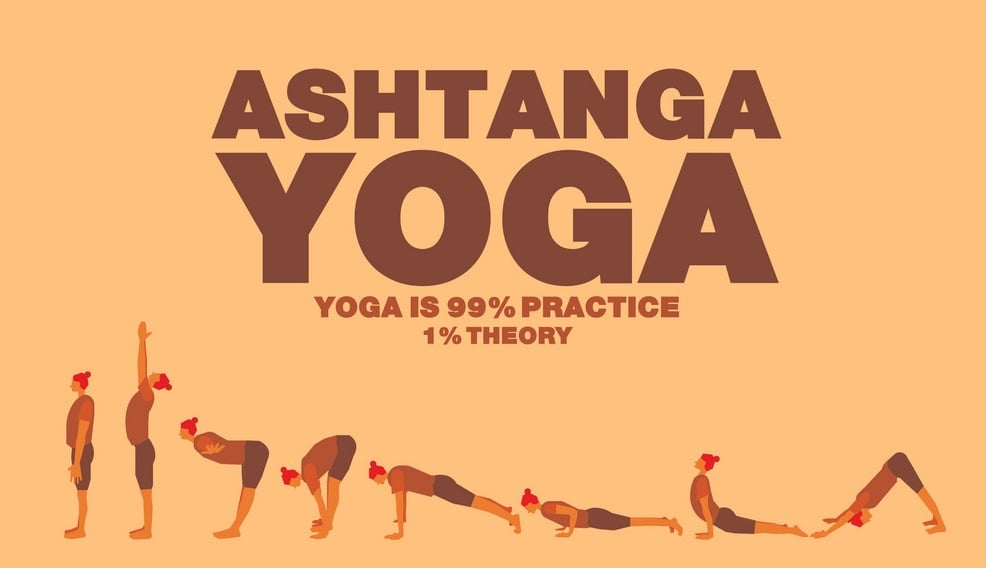No products in the cart.
Ashtanga yoga, (“the eight precepts of yoga”), as stated in his Yoga Sutras, is Pananjali’s anciental yoga practice. He described the eight organs as niyama (ceremonies), asana (standing), dharana (concentration), pranayama (breathing), yamas (self-control), pratyahara (retreating), dhyana (meditation) and samadhi (absorption).
Eight organs form a chain from the out of doors to the inside. Circumstances, as vital in modern yoga as exercise, form actually one organ of the Patanjali system; it sincerely approach that they want to be sturdy and comfortable. The crucial reason is kaivalya, the expertise of the Purusha, which the witness knows, as exceptional from the practical, intellectual tools, and the separation of the Purusha from its combined impurities.
Patanjali begins his story by explaining the purpose of his book in the first sutra, followed by explaining the word “yoga” in his second sutra of Book 1:
योगश्चित्तवृत्तिनिरोधः ॥२॥
— Yoga Sutras 1.2
This brief description is based on the meaning of three Sanskrit words. I. K. Taimni translates it as “Yoga prevents mental transformation”. Swami Vivekananda translates the sutra as “Yoga prevents the mind from taking different forms (vrittis).” When the mind is silenced, the supervisor or the Real Person is presented:
1.3. The Ombudsman is then appointed in his most important and basic position.
1.4. In some provinces there is a similarity (of the Industry) to the transformation (of the ideology).
Eight limbs
Patanjali put his Yoga Sutras definition of the eight limbs as follows:
The eight organs of yoga are yama (self-control), niyama (ceremonies), asana (yoga posture), pranayama (breathing control), pratyahara (withdrawal of nerves), dharana (concentration), dhyana (meditation) and samadhi (sucking). ”
The eight-step path of Patanjali yoga poses contains a set of ethical and purposeful health instructions, in which the asanas (yoga posture) form only one organ.

1. Yamas
The Yamas, and their complement, the Niyama, represent a series of “righteous lives” or rules of conduct within the philosophy of Yoga. It means “login” or “control”. These are the barriers to proper conduct as given in the Vedas and the Yoga Sutras. They are a type of code of conduct, commands, rules or principles. Yamas are a list of “not doing this” self-control, often representing a commitment that affects one’s relationships with others and oneself. The affiliated Niyamas stands for “do this” festival list, and together Yamas and Niyamas are personal obligations for well-being.
Yamas are a code of ethics in Hinduism and can be considered a moral code. The five yama written by Patanjali in Yoga Sutra 2.30 are:

- Ahimsa: non-harming other living beings, Nonviolence
- Satya: non-falsehood, truthfulness
- Asteya: non-stealing
- Brahmacharya: marital fidelity, chastity or sexual restraint
- Aparigraha: non-possessiveness, non-avarice
Patanjali, in Volume 2, points out how each of the above exercises is beneficial and why it is so personal. For example, in verse II.35, Patanjali states that the virtues of nonviolence and non-violence (Ahimsa) lead to the loss of hostility, a condition that leads to yogi in the perfection of internal and external relations with everyone, everything.
2. Niyamas
It is the complement of the Yamas. The second part of Patanjali Yoga is niyama, which combines good habits with rituals (“dos”). Sadhana Pada Verse 32 lists the niyamas by:

- Tapas: perseverance, austerity, self-discipline, persistence, asceticism.
- Shaucha: clearness of mind, purity, speech and body.
- Santosha: contentment, acceptance of one’s circumstances as they are in order to get past or change them, acceptance of others, optimism for self.
- Ishvarapranidhana: contemplation of the Ishvara (God/Supreme Being, True Self, Unchanging Reality, Brahman)
- Svadhyaya: study of Vedas, self-reflection, introspection of self’s thoughts, study of self, speech and actions.
Like the Yamas, Patanjali explains why and why each Niyamas contributes to personal growth. For example, in verse II.42, Pananjali states that the beauty of contentment and acceptance of others as they are (Santosha) leads to a situation where internal sources of happiness are paramount, and longing for external sources of happiness disappears.
3. Asana
Patanjali begins the discussion with Asana by describing it in verse 46 of Book 2 by saying:
स्थिरसुखमासनम् ॥४६॥
The meditation posture you are using should be steady and comfortable.— Yoga Sutras II.46

Asana is a standing position that a person can hold for a while, staying relaxed, strong, relaxed and motionless. Yoga Sutra does not include any specific asana. Āraṇya translates verse II.47 as, “the asanas are perfected over time by the rest of the effort by constant meditation”; this combined with exercise stops the body from moving. Any posture that causes pain or discomfort is not a yogic condition. The second text discusses the Patanjali sutra states that one of the requirements for good posture is meditation to keep the chest, neck, and head straight (proper spine position).
Bhasya’s analysis attached to the Sutras, now thought to be by Patanjali himself, raises twelve contemplative conditions: Padmasana (lotus), Virasana (hero), Bhadrasana (glorious), Svastikasana (lucky symbol), Dandasana (staff), Sopasrayasana ( supported), Paryankasana (bed), Krauncha-nishadasana (sitting queen), Hastanishadasana (sitting elephant), Ushtranishadasana (sitting camel), Samasansthanasana (equally balanced) and Sthirasukhasana (any stationary standing) associated with human happiness).
More than a thousand years later, Hatha Yoga Pradipika mentions 84 asanas taught by Shiva, stating that four of these are the most important: Siddhasana (accomplished), iPadmasana (lotus), Simhasana (lion), and Badrasana (glorious), and describes the process . of these four and the other eleven asanas. In modern yoga, asanas are unique and versatile, unlike any other form of yoga.
4. Pranayama
Pranayama is air control, from Sanskrit prana (breathing) and ayama (self-control).

After achieving the desired position, verses II.49 to II.51 recommend pranayama, the practice of controlling your breath (breathing, full pause, exhalation, and empty pauses). This is done in a number of ways, such as sniffing and stopping the breath for a while, inhaling and stopping sniffing for a while, by reducing inhalation and exhalation, or by carefully adjusting the time and duration of breathing (deep, short. Breathing).
5. Pratyahara
Pratyahara is a combination of two Sanskrit words prati- (“against” or “contra”) and ahara (“bring near”).

Pratyahara draws within human awareness. It is a process of withdrawing sensory experience from external factors. It is a step in and out of self. Pratyahara does not close by recognizing the human eye in the nervous world; closes by recognizing the processes of the human mind in the nervous world. Pratyahara gives one the power to stop being controlled by the outside world, to get one’s attention in order to seek self-knowledge and to gain natural freedom in one’s inner world.
Pratyahara marks the transformation of the yoga experience from the first four stages of the Pantjali Ash Ash system to the complete exterior, to the last three legs completing the internal shape of the yogi: from the outside to the inside, from the outer circle to the inside. of the spirit.
6. Dharana
Dharana means to concentrate, to concentrate and to identify one idea. The origin of the word dhr, which means “to hold, to keep, to keep”.

Dharana, like the sixth limb of yoga, holds the human mind in one place or another, the head or the head of the human mind. The mind is centered on a mantra, or human breath / navel / language topic / any place, or something one wants to see, or an idea / idea in one’s mind. Mindfulness means direct focus, without mental drift, and without jumping from one topic to another.
7. Dhyana
Dhyana literally means “meditation, contemplation” and “deep, incomprehensible meditation”.
Dhyana thinks, thinking of whatever Drhrana is focusing on. If in the sixth limb of yoga a person is focused on the human god, Dhyana is his meditation. If you focus on one thing, Dhyana is not judgment, watching is not arrogance of that thing. If the focus is on the concept / concept, Dhyana considers that concept / concept in all its aspects, forms and consequences. Dhyana is an uninterrupted train of thought, flow of consciousness, flow of awareness.

Dhyana is closely related to Dharana, one leading to the other. Dhyana is an attitude, Dhyana is a mental process. Dhyana differs from Dharana in that the meditator becomes busy with its focus. Patanjali defines thinking (Dhyana) as a mental process, in which the mind is focused on something, and then has a “process of the same transformation of knowledge”. Adi Shankara, in his analysis of the Yoga Sutras, distinguishes Dhyana and Dharana, describing Dhyana as a state of yoga in which there is only “a continuous stream of thought about the object, which is not disturbed by other thoughts of different kinds of the same thing”; Dharana, says Shankara, focuses on one thing, but recognizes its many features and ideas about the same thing. Shankara provides an example of yogin in the case of dharana in the morning the sun may notice its brightness, color and orbit; yogin in dhyana state thinks of the sun alone for example, without being disturbed by its color, sparkle or other related ideas.
8. Samadhi
Samadhi literally means “integration, integration, integration, union, complete harmony, trance”. In samadhi, when you meditate on something, only the awareness is present, and the awareness of the person meditating on it disappears. Samadhi are two types, Samprajnata Samadhi, supported by the object of meditation, and Asamprajnata Samadhi, without the support of the object of meditation.
Samprajnata Samadhi, also called savikalpa samadhi and Sabija Samadhi, meditation on object support, is associated with thought, contemplation, happiness, and I-am-ness.

The first two organizations, meditation and meditation, form the basis of different types of Samapatti:
- Savitarka, “deliberately made”: The citta focuses on the worst thing of meditation, something that is clearly visible to our senses, like the flame of a lamp, the tip of a nose, or the image of a god. [citation needed] Conceptualization (vikalpa) occurs, by way of perception, word and information object of meditation. When the conversation is over this is called nirvitarka samadhi.
- Savichara, “reflective”: citta focuses on the subtle matter of meditation, not the sensory perception, but the attainment of thought, such as the senses, the process of consciousness, the mind, the I-am-ness. , chakras, inner spirit (prana), nadis, wisdom (buddhi). The suspension of the display is called nirvichara samatti .
The last two associations, sananda samadhi and sasmita, respectively, are a state of meditation, and the object of savichara samadhi:
Sananda Samadhi, ananda, “happiness”: this state emphasizes the subtle nature of happiness in meditation;
Sasmita: citta focuses on the feeling or feeling of “am-ness”.
According to Ian Yipi What, the status of ananda and asmita in Panjali’s plan is a controversial issue. According to Maehle, the first two sections, discussing and meditating, form the basis for different types of samapatti. According to Feuerstein,
“Happiness” and “Am-ness” should be regarded as events that accompany all understanding. The explanations of the ancient commentators on this point appear to be unfamiliar with the list of Provanjali provinces, and it seems unlikely that the ananda and the asmita should form independent levels of samadhi.
Ian Whicher disagrees with Feuerstein, seeing ananda and asthma as the latest categories of nirvicara-samapatti. Which refers to the Vācaspati Miśra (AD 900-980), the founder of the Bhāmatī Advaita Vedanta who proposes eight types of samapatti:
Savitarka-samāpatti and Nirvitarka-samāpatti, both of which have the disadvantages of supporting;
Savicāra-samāpatti and Nirvicāra-samāpatti, both of which have subtleties as supporting elements;
Sānanda-samāpatti and Nirānanda-samāpatti, both of which have nerves as supporting structures
Sāsmitā-samāpatti and Nirasmitā-samāpatti, both with the concept of “I-am-ness” as support.
Vijnana Bikshu (c. 1550-1600) proposes a six-stage model, which explicitly rejects the Vacaspati Misra model. Vijnana Bikshu views pleasure (ananda) as a state of affairs when the mind passes the vicara stage. Which acknowledges that ananda is not a separate category of dice. According to Whider, Pananjali’s view itself seems that nirvicara-samadhi is the highest form of consciousness.
Asamprajnata Samadhi, also called Nirvikalpa Samadhi and Nirbija Samadhi, meditation without substance, which leads to the knowledge of the pulpit or consciousness, is a very hidden element.

Each of the eight steps of Ashtanga Yoga should be read to some degree, before you know the next step can be tried successfully. Some steps, however, may be skipped to some extent, for example by going to Dharana without paying attention to Pratyahara, as withdrawal from the outside world occurs automatically when you are successfully focused on the inner object. If Dharana is not strong enough, it should be preceded by Pratyahara. So the eight steps of Ashtanga Yoga are also eight lessons and eight stages of growth in yoga and meditation. At the same time, the eight steps can also be seen as an 8-foot table: it is not that the step is so well managed that it can be forgotten or ignored. Ashtanga literally means asht-anga or eight organs.
Somehow, when you go through steps 1 to 8 and then come out again in meditation, step 1 and 2 start again. Anything learned in meditation can be helpful in getting better results with Yama and Niyama. The eight steps therefore represent the continuous circular motion or rather the rotating motion upwards. When Yama and Niyama become natural and ineffective, it is a very good sign of true progress in the path of Ashtanga Yoga.





